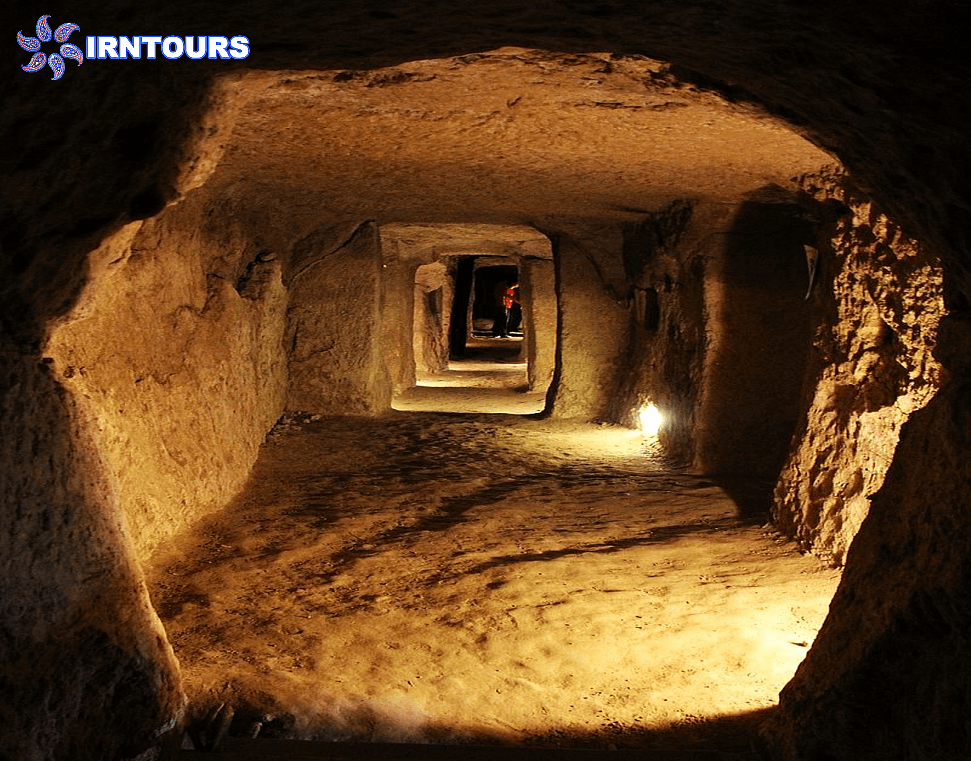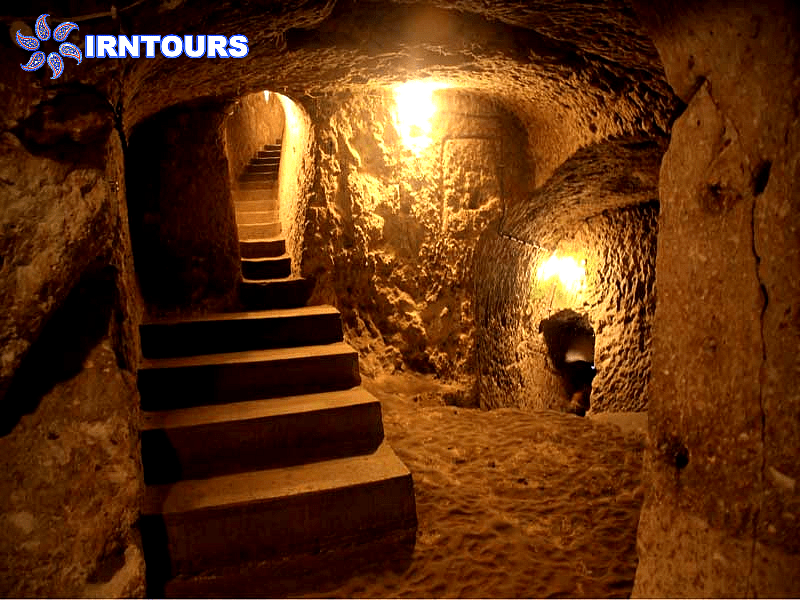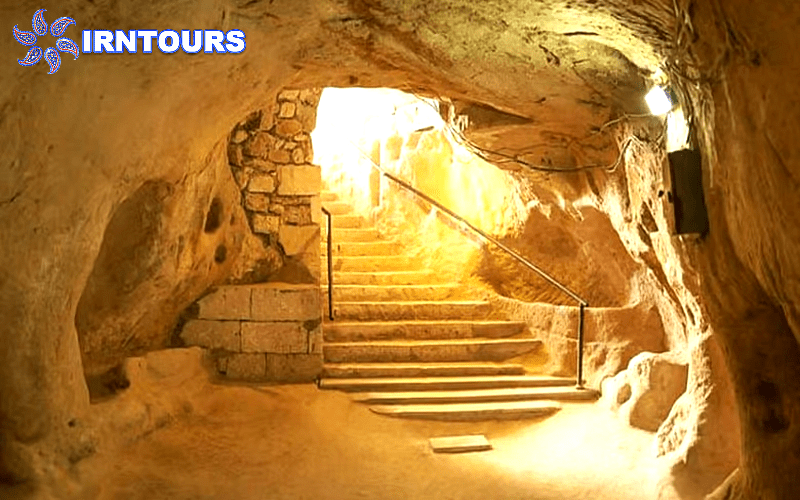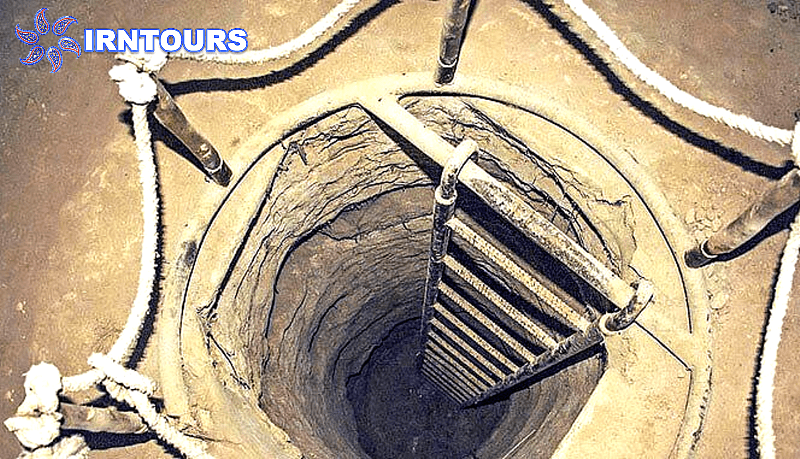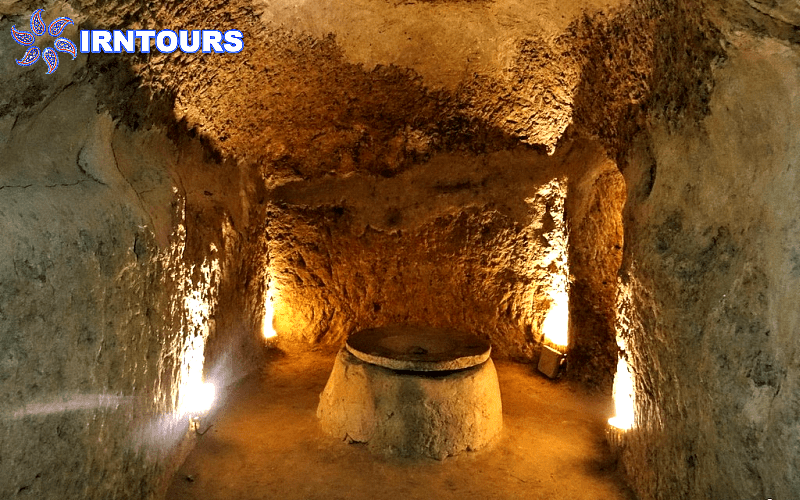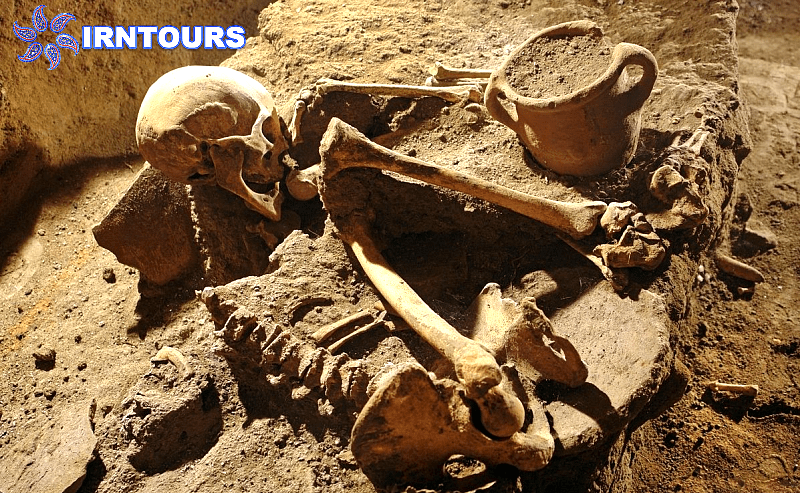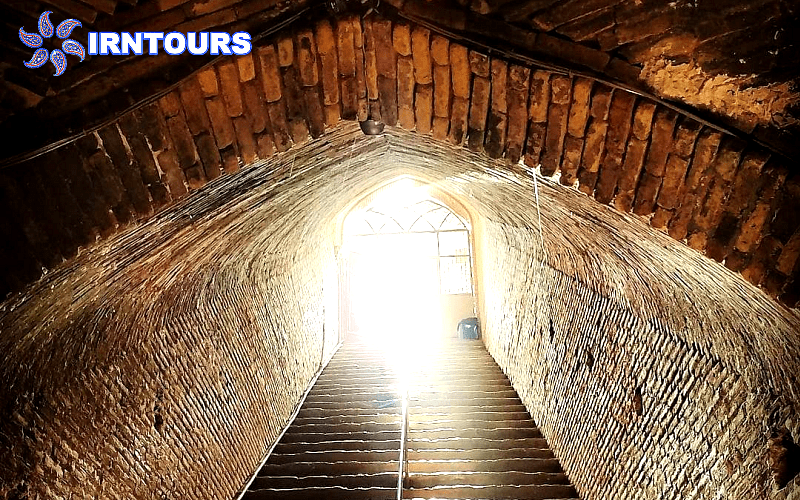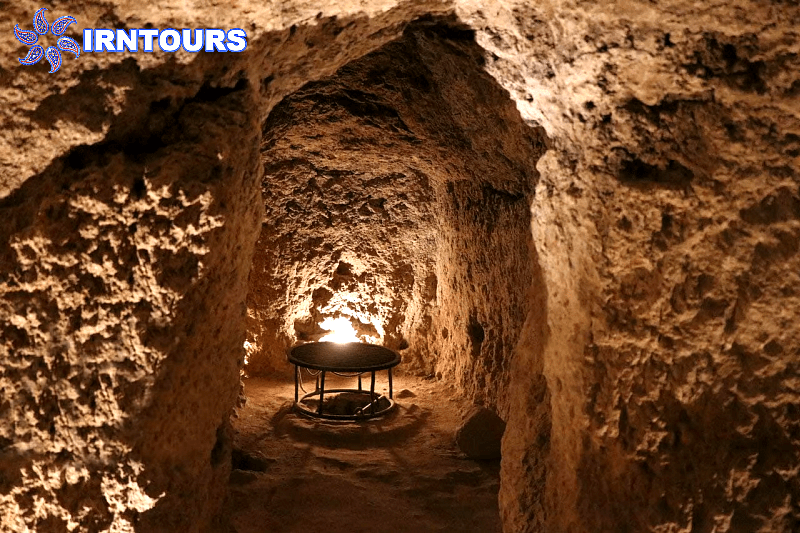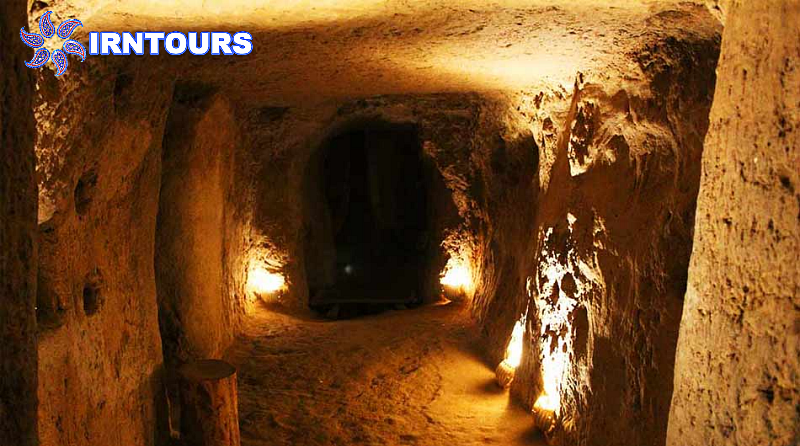About Noo(u)sh-abad
The underground city of Noushabad is one of the most amazing underground cities in the world. This underground city is one of the sightseeing places of Kashan in Noushabad city. The history of this city goes back to about 1,500 years ago and the Sassanid period. It is said that this city was one of the capitals of the Sassanid government during the reign of Anushirvan. This underground city was discovered by accident in 2005 by a person who was digging a well in his house.
The city of Noushabad attracts many tourists every year. Many tourists are still unaware of the existence of this city. Share your experiences about visiting this city with us and other irntours users.
Introducing Noo(u)sh-abad
Noushabad is one of the ancient and historical areas in the north of Isfahan and is a part of Aran and Bidgol counties. This city, which is known as one of the capitals of the Sassanids in the Anushirvan period, is located five kilometers from Kashan (the city of the ancient hills of Silk). The city of Noushabad has a population of 12,000. Dehkhoda takes the name of the city from the root of Anoushe, which means eternity. In this city, in addition to the underground city of Oui, Jame Mosque and Imam Ali Mosque (AS) from the Mughal period, Sizan Clay Castle and Ishaqabad Historical Bridge from the Seljuk period are considered special tourist attractions. Also, the ancient mosque, which has a history belonging to the Seljuk period, is one of the most important attractions of the city.
The city of Noushabad, one of the oldest cities in Iran, is very old; But what has made the city famous and popular is the existence of its “underground city”. This city always attracts many history, art and archeology enthusiasts.
What has come to be known as the underground city of “Oui” are dense, complex and extensive structures such as nested narrow corridors and small-sized rooms. The Oui complex was formed under the fabric of the city and has expanded to the current level of the city. The depth of Oui city is estimated between 4 and 16 meters. According to the residents of the region, its extent has been extended to the outside of the city’s historical fence and is estimated to be four kilometers. They created this collection by hand under the context of Noushabad city as a set of rooms, corridors, wells and numerous channels on three floors. On the walls of this city, you can see the impact of the edge of a sharp object. Due to the hardness of the earth in this area, archaeologists have hypothesized that the tools used in digging must have had a diamond-like quality.
On July 30, 2006, the underground city of Oui in Noushabad was registered in the list of national monuments of Iran with registration number 15816.
Where is Noo(u)sh-abad ?
- Access to Noushabad city from Tehran is possible through the Tehran-Qom highway and then entering the seven freeway (Qom-Isfahan). Also, if you are in Kashan city, you will be able to reach Noushabad city by entering Mulla Sadra Boulevard and traveling eight kilometers.
- Address: Isfahan Province, Aran and Bidgol County, Noushabad City, Imam Khomeini St., Noushabad Underground City Complex
The architecture of the underground city of Nooshabad
The first floor was actually corridors and corridors that were used to mislead potential pursuers. The second and third floors were shelters and places to live in times of danger and to store provisions. Several entrances to the lower city have been identified, many of which have been blocked by floods many years ago. The city had winding corridors, small and large rooms, defense and defensive traps, which were apparently used during enemy attacks. The size of this city is large due to the connection between its neighborhoods and the protection of people’s lives and property in times of insecurity, and it has been expanded on both horizontal and vertical levels. This architecture, at least in the city of Noushabad, is called “Oui”. Except for the entrance, the height of all parts of Oui is the normal height of a human between 170 and 180 cm. On the surface of the walls and at small distances, you can see a burnt place.
In some parts, the wall of short platforms for sitting has been created, which in some rooms becomes a niche for placing things. The entrance to the underground city of Noushabad is a narrow corridor the size of one person. When entering the city, you can smell the wet soil. Narrow corridors with a height less than a standing person lead one to the inner parts of the city.
Vertical wells play the role of floor communication ways, and U-shaped wells are used for air conditioning. There was a way here from people’s houses and social centers such as baths and mosques as well as the castle near the city. The spaces considered for the city are limited to the necessary spaces, and its ventilation system works based on the air pressure difference with the ground surface, which enables the circulation and purification of air for breathing in it. Small cells measuring two meters by two meters, basic toilets, shelter spaces, communication and air conditioning tunnels, and water wells are among the spaces of this underground city.
The history of the underground city of Nooshabad
Most of the experts believe that the core of the city belongs to the Sassanid period; However, what is clear is that the underground city of Noushabad was the residence of tribes and people in different periods. It is said that during the Mongol attacks, this city was used for the safety of the people. Many details of the city have been lost due to floods and the passage of time; But pottery has been found that dates back to 1800 years ago and to the Sasanian era. You can also see works from the Safavid period to the Qajar era.
Sightseeing places around the underground city of Nooshabad
Tepe Sialk : Tepe Sialk is said to be a collection of ancient artifacts from a 5,000-year-old civilization in the central plateau of Iran. This complex, which includes a ziggurat and some other ancient buildings, is the place of discovery of valuable pottery and metal objects that have ancient value. This forgotten civilization appeared after flooding in Kashan agricultural lands.
- Address: Isfahan Province, south-west side of Kashan city, right side of Kashan-Fin road, Amir Kabir St
Niasar Chahar Taqi : Niasar fire temple is one of the works registered in the national list of Iran, which is the most healthy fire temple surviving from ancient times. The date of this ( four-arch : chahar taqi ) , which was built on one of the western rocks overlooking the city, dates back to the Sasanian period.
- Address: Isfahan Province, Kashan City, Niasar District Heights
Tips for visiting the underground city of Nooshabad
- Visiting hours and days : Every day except mourning holidays. The first 6 months of the year from 8 to 20; 6 months of the second year from 8 to 18


